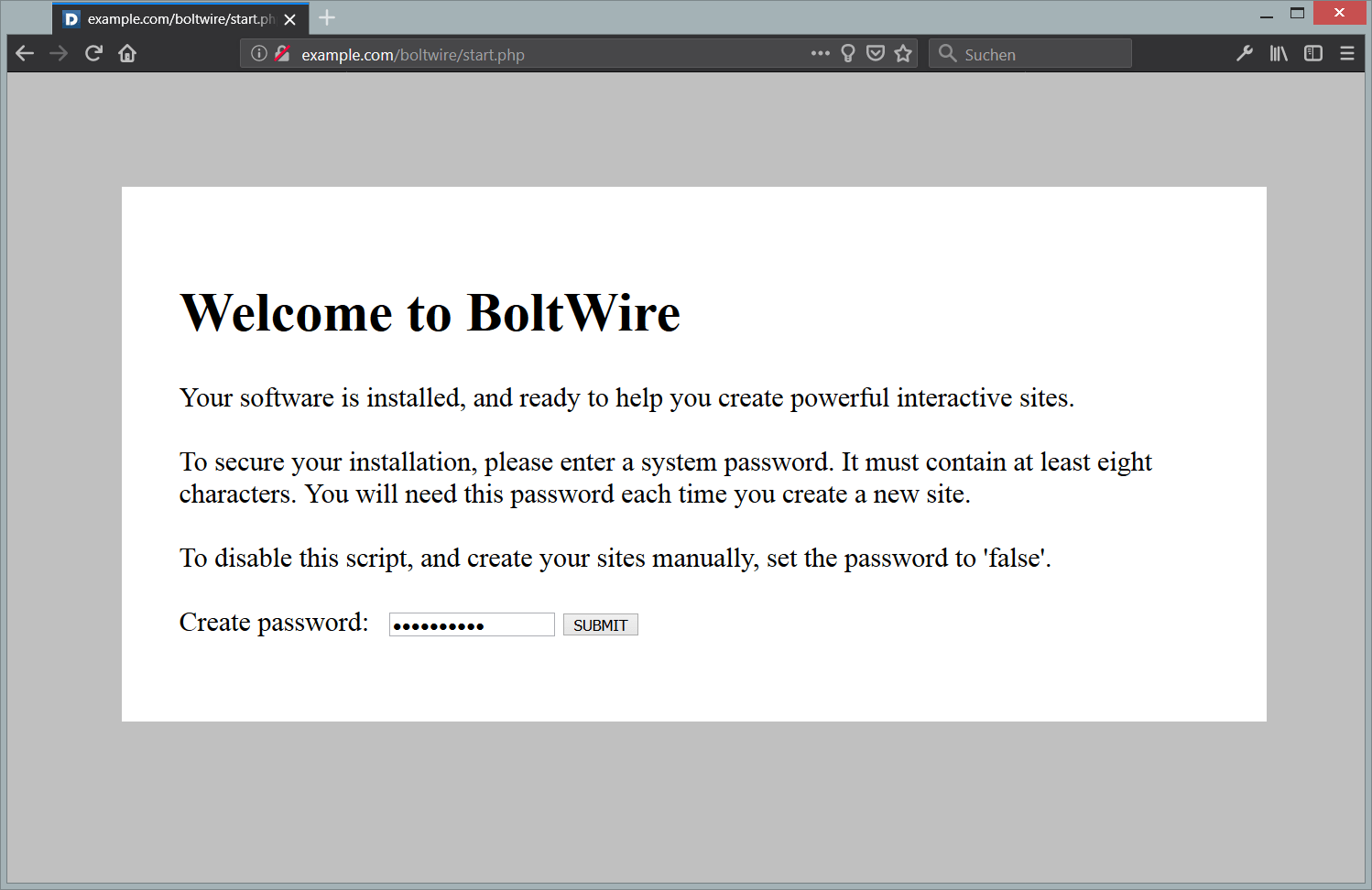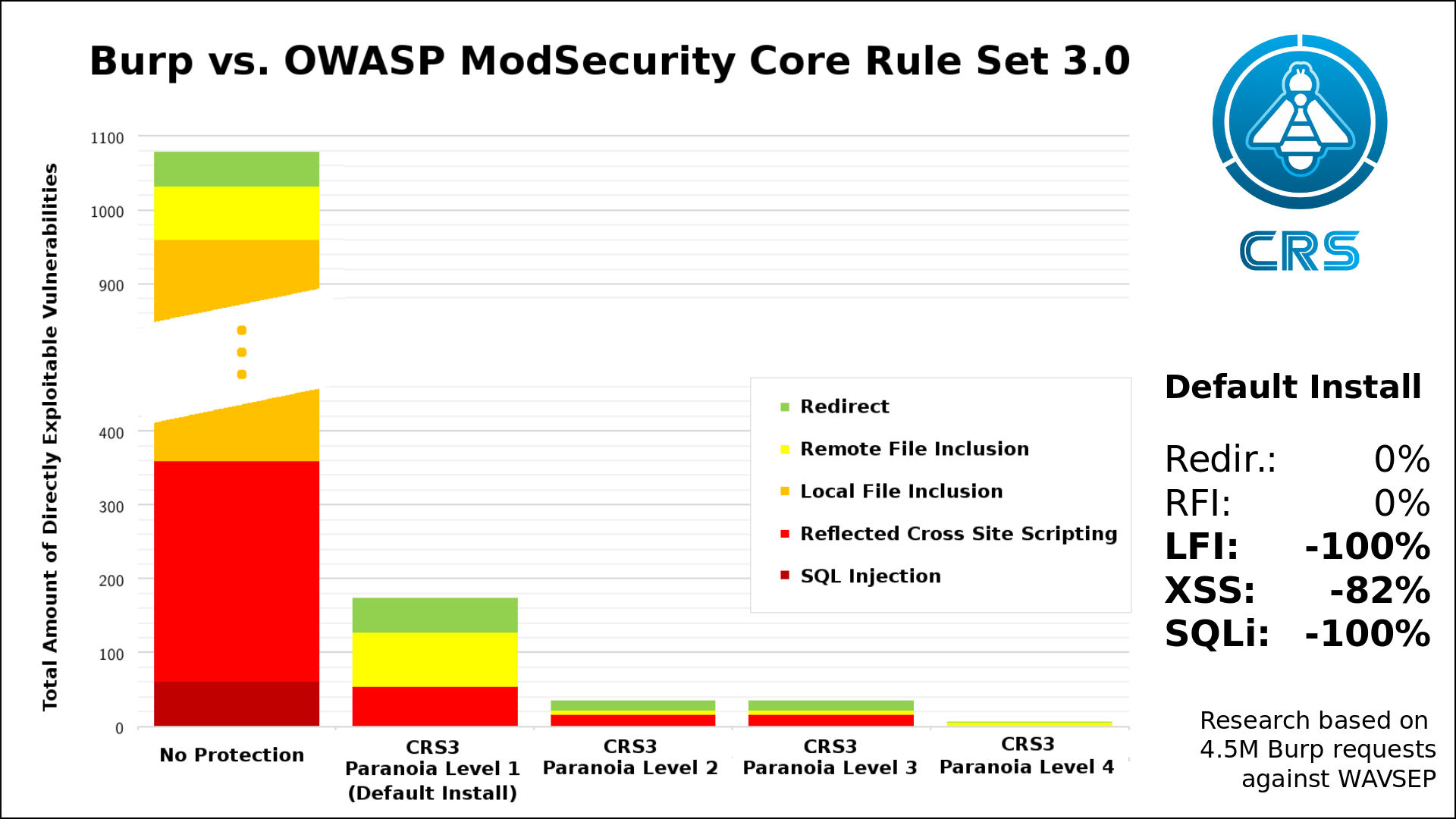Using a Different System?
-
How to Install Zikula on Ubuntu 16.04
Introduction
Zikula is an open source web application framework written in PHP. You can design interactive and editable websites using Zikula. It is a cross-platform application and supports all popular operating systems.
Zikula uses MySQL, PostgreSQL, Oracle Database and Microsoft SQL Server on the back-end for database related operations.
In this article, we will discuss how to install Zikula on a CentOS 7 server.
Prerequisites
- A newly deployed Vultr CentOS 7 server instance.
- A non-root user with sudo privileges setup on your server.
- A static IP address of 192.168.15.110 configured on your system. This would be the main IP of your server.
Step 1: Update the system
First, update your system to the latest stable version by running the following command:
sudo yum update -y
sudo reboot
Step 2: Install LAMP server packages
You will need to install Apache, MariaDB, PHP and other required PHP modules on your system. You can install all of these packages with the following command:
sudo yum install httpd mariadb mariadb-server php php-common php-mysql php-mcrypt php-gd php-xml php-mbstring php-xmlrpc unzip wget -y
Once the installation is complete, start both Apache and MariaDB services and enable them to start at boot with the following commands:
sudo systemctl start httpd
sudo systemctl start mariadb
sudo systemctl enable httpd
sudo systemctl enable mariadb
Configure MariaDB database
By default, MariaDB installation is not hardened, so you will need to secure it first. You can secure it with the following script:
sudo mysql_secure_installation
Answer all of the questions as follows.
Set root password? [Y/n] n
Remove anonymous users? [Y/n] y
Disallow root login remotely? [Y/n] y
Remove test database and access to it? [Y/n] y
Reload privilege tables now? [Y/n] y
Next, login to the MariaDB console.
mysql -u root -p
This will prompt you for a password, enter your MariaDB root password. After logging in, create a database for Zikula:
MariaDB [(none)]>CREATE DATABASE zikuladb;
MariaDB [(none)]>GRANT ALL PRIVILEGES on zikuladb.* to 'user'@'localhost' identified by 'password';
MariaDB [(none)]>FLUSH PRIVILEGES;
MariaDB [(none)]>exit
Install Zikula
First, you will need to download the latest version of the Zikula CMS from GitHub. You can also download it using the wget command.
wget https://github.com/zikula/core/releases/download/1.4.6/Zikula_Core-1.4.6.build119.zip
Extract the downloaded zip archive.
unzip Zikula_Core-1.4.6.build119.zip
Move the extracted directory into the Apache root directory.
sudo mv Zikula_Core-1.4.6 /var/www/html/zikula
Give necessary permission to zikula directory.
sudo chown -R apache:apache /var/www/html/zikula
Access Zikula web interface
Before accessing Zikula, you will need to allow port 80 through firewalld. You can do this with the following command:
sudo firewall-cmd --permanent --zone=public --add-port=80/tcp
sudo firewall-cmd --reload
Open your web browser and type the URL http://192.168.15.110/install.php or http://your-domain.com/install.php, then complete the required the steps to finish the installation.
Thats it. You have successfully installed Zikula on your CentOS 7 server.
Want to contribute?
You could earn up to $300 by adding new articles
Suggest an update
Request an article








